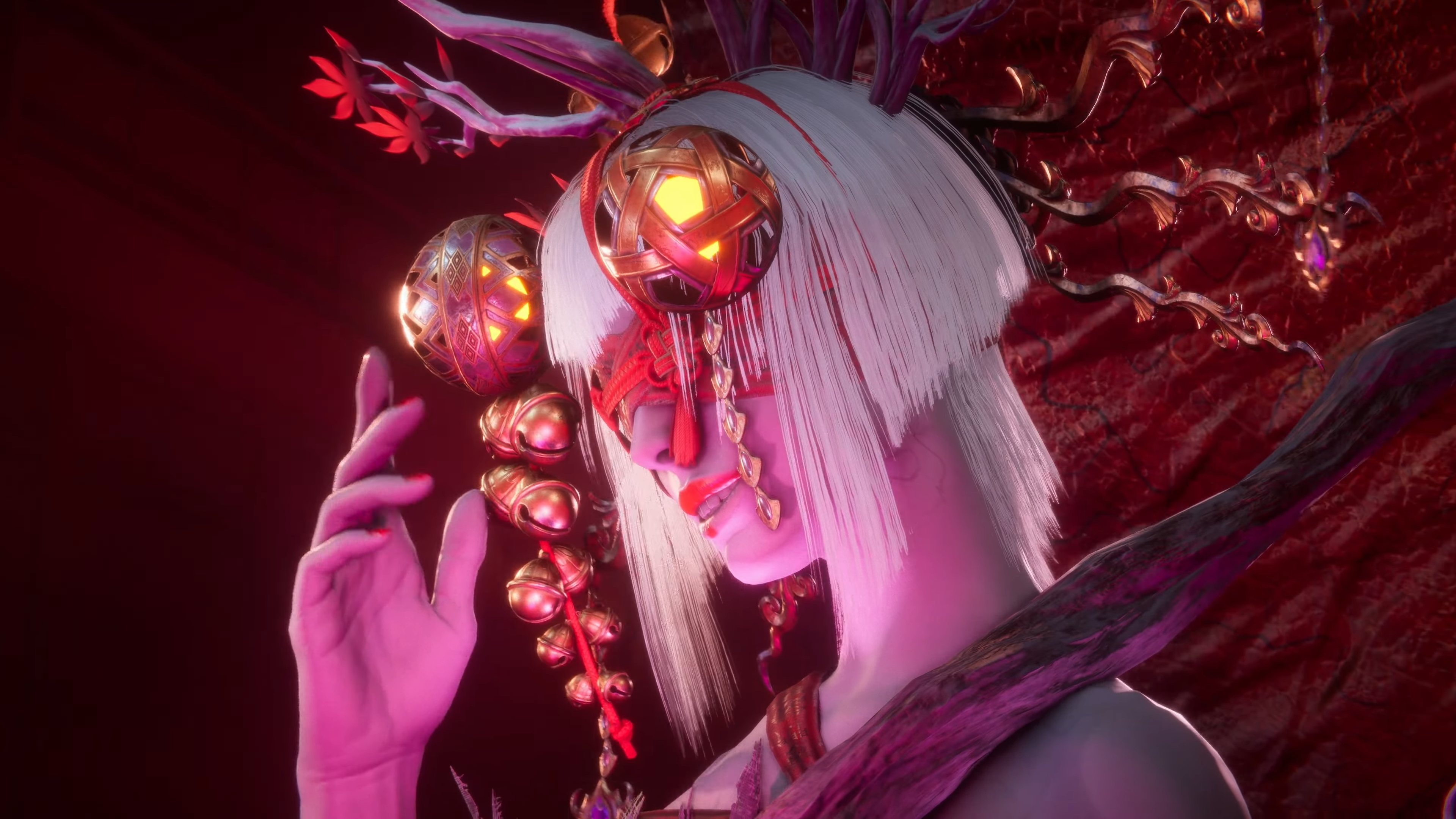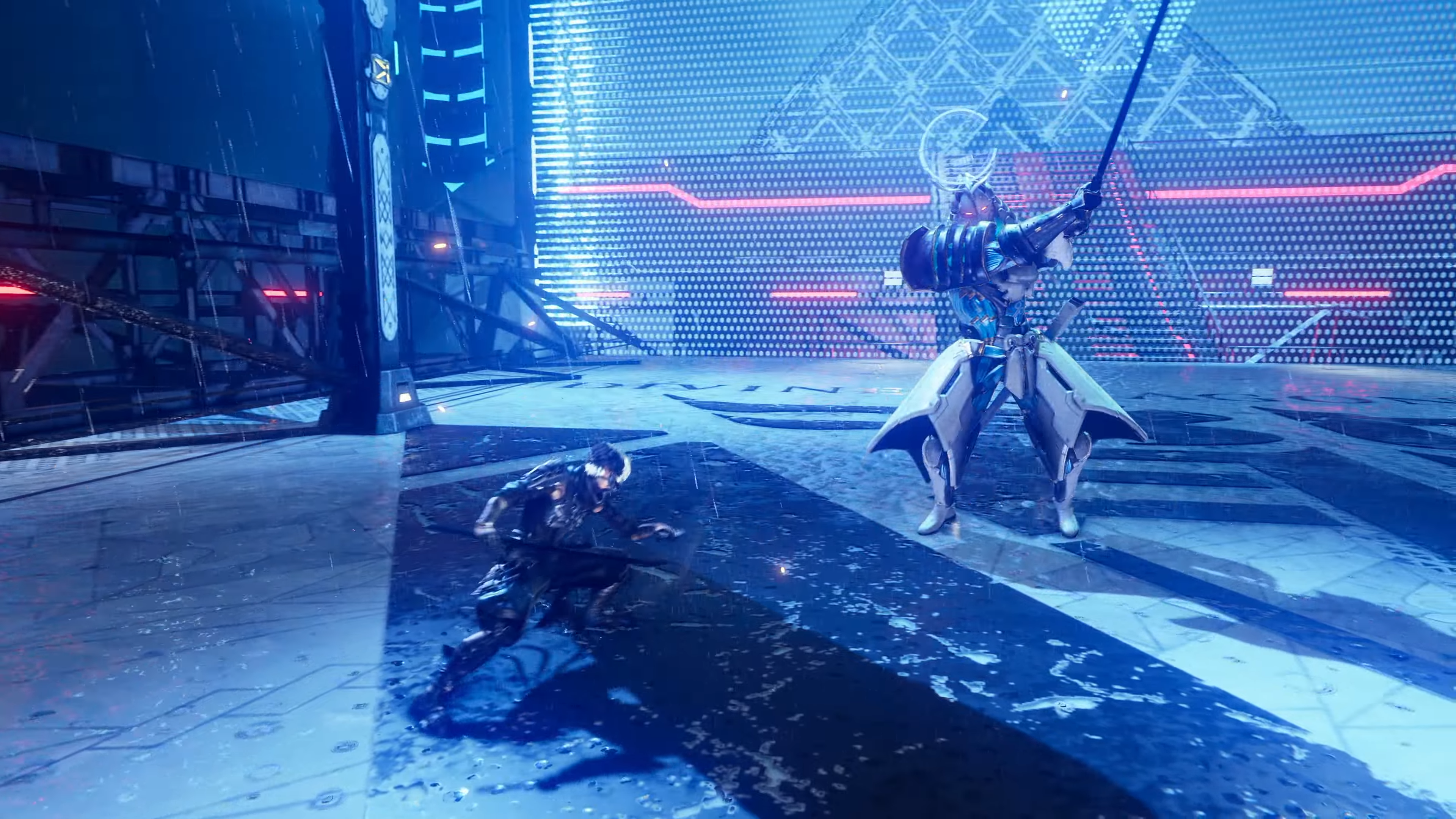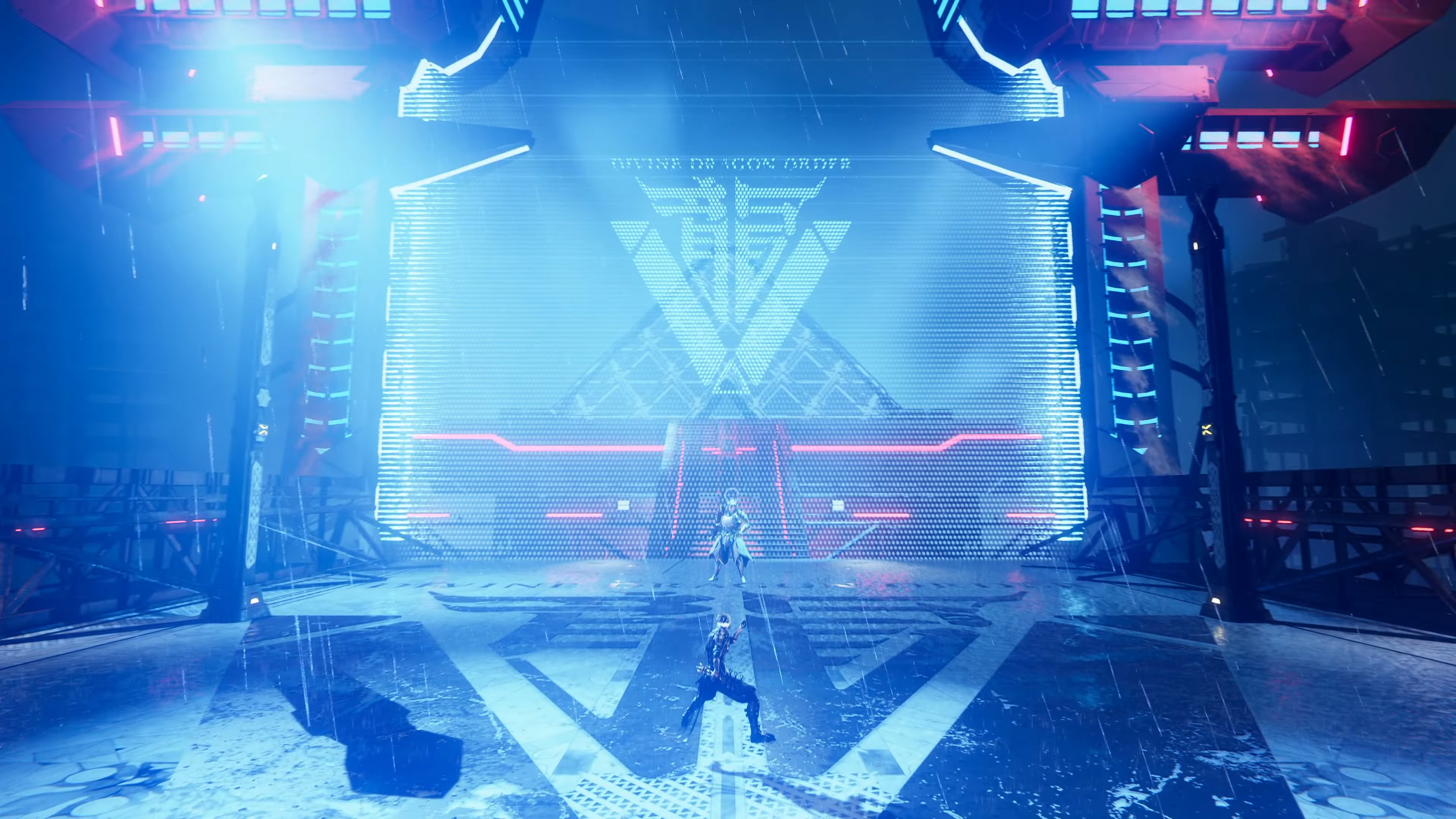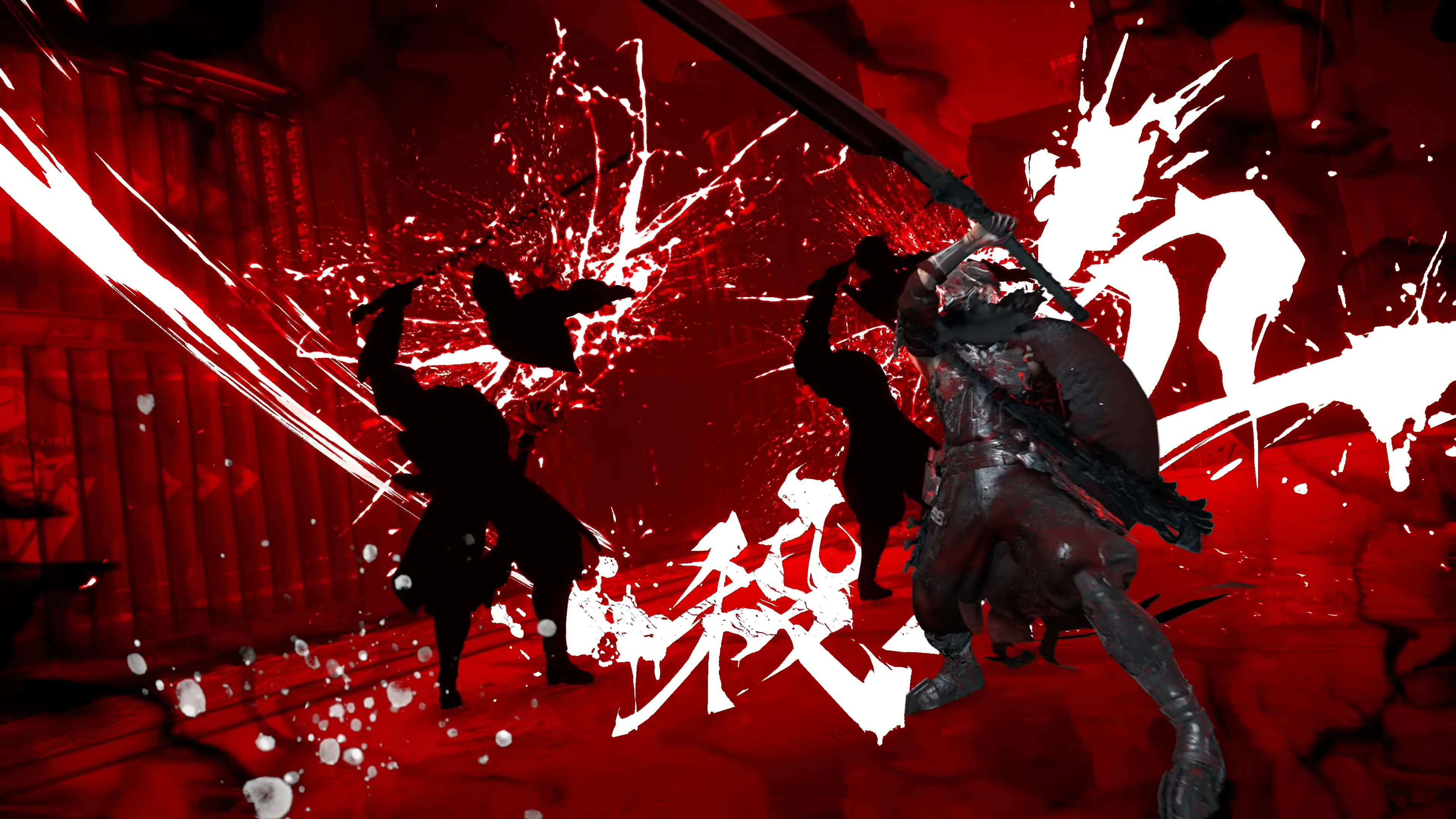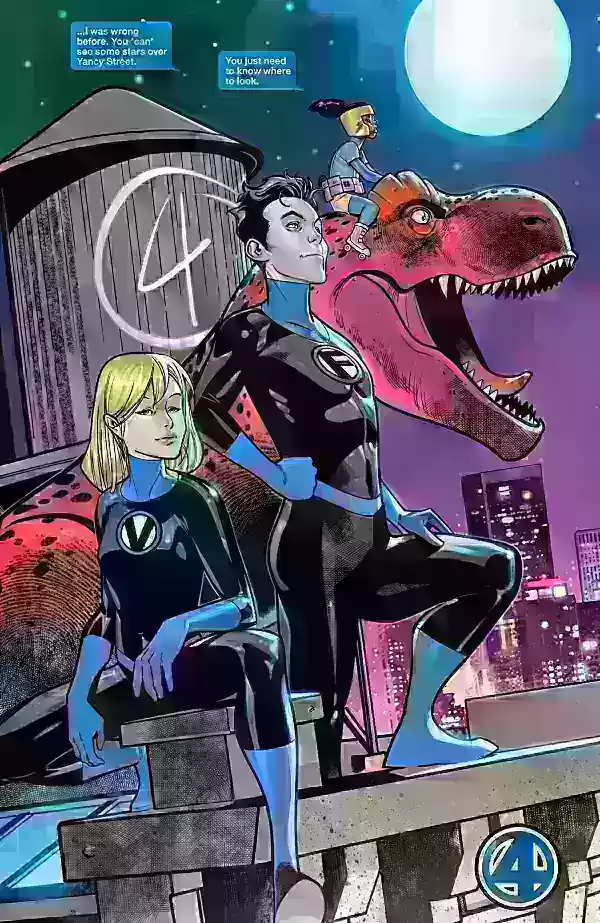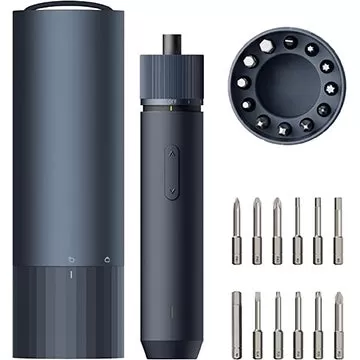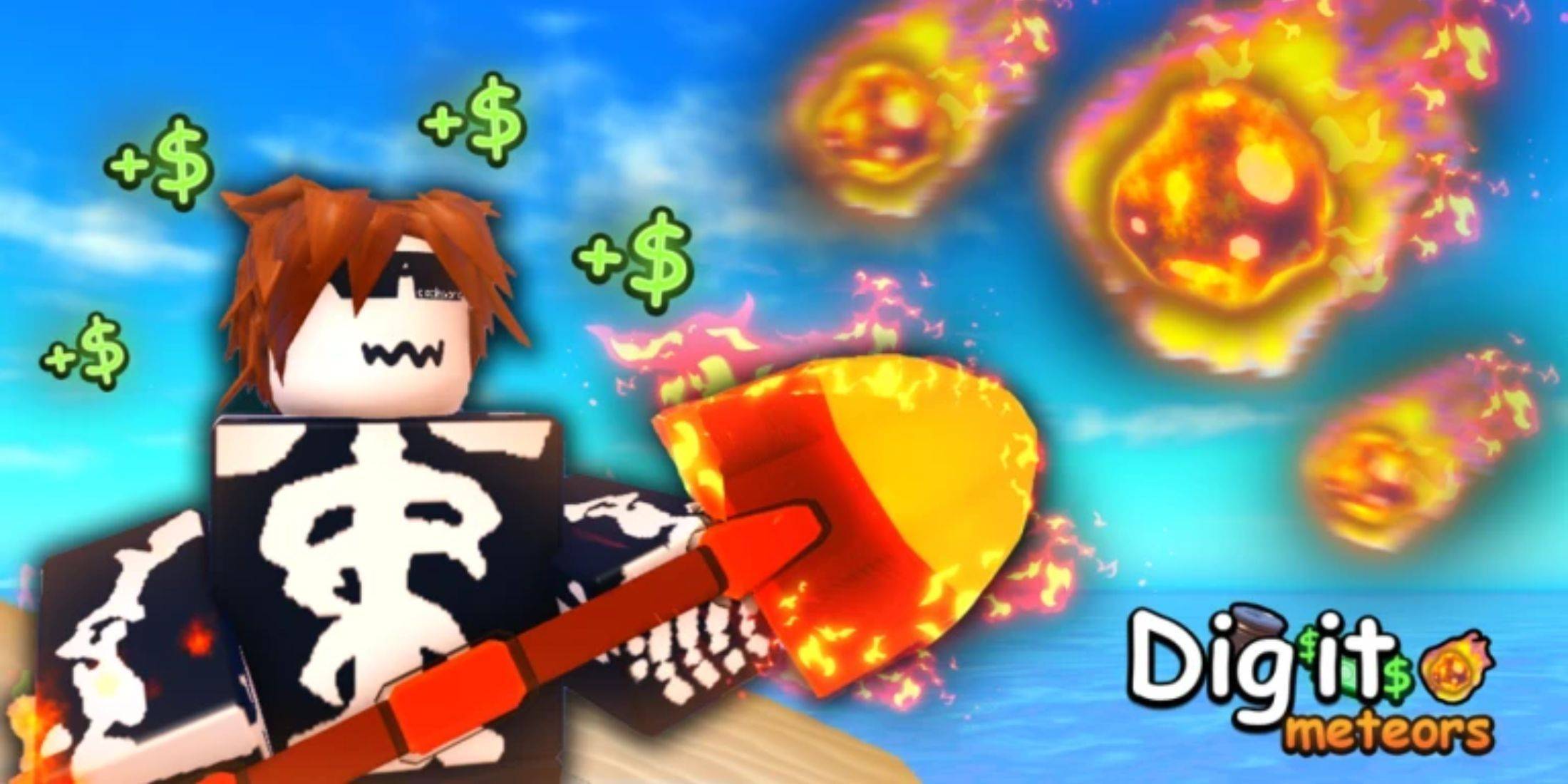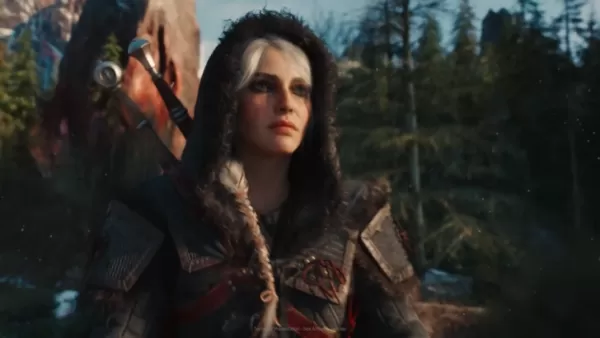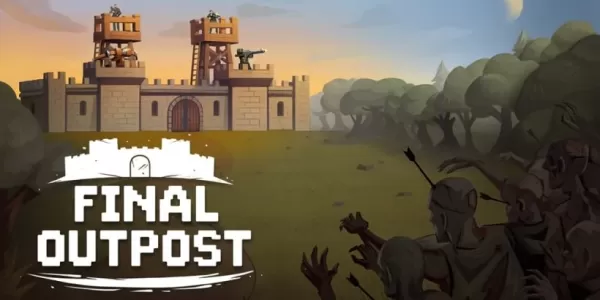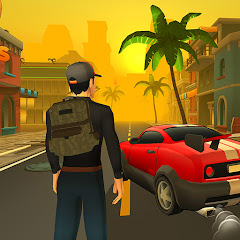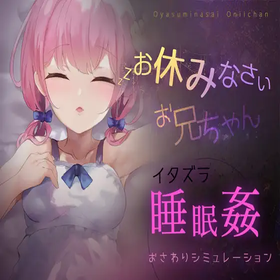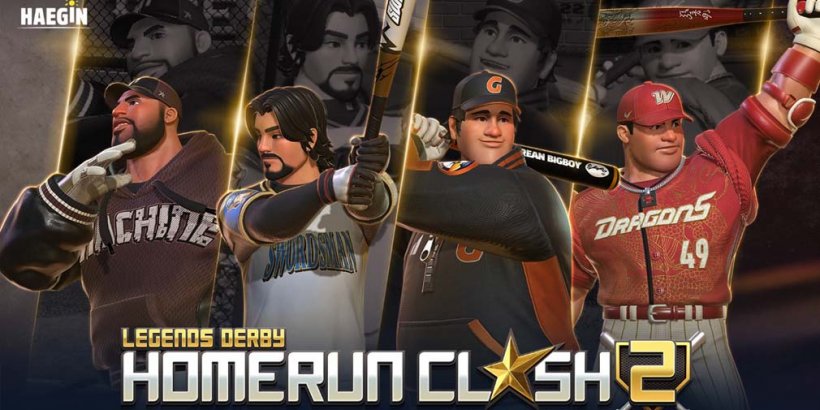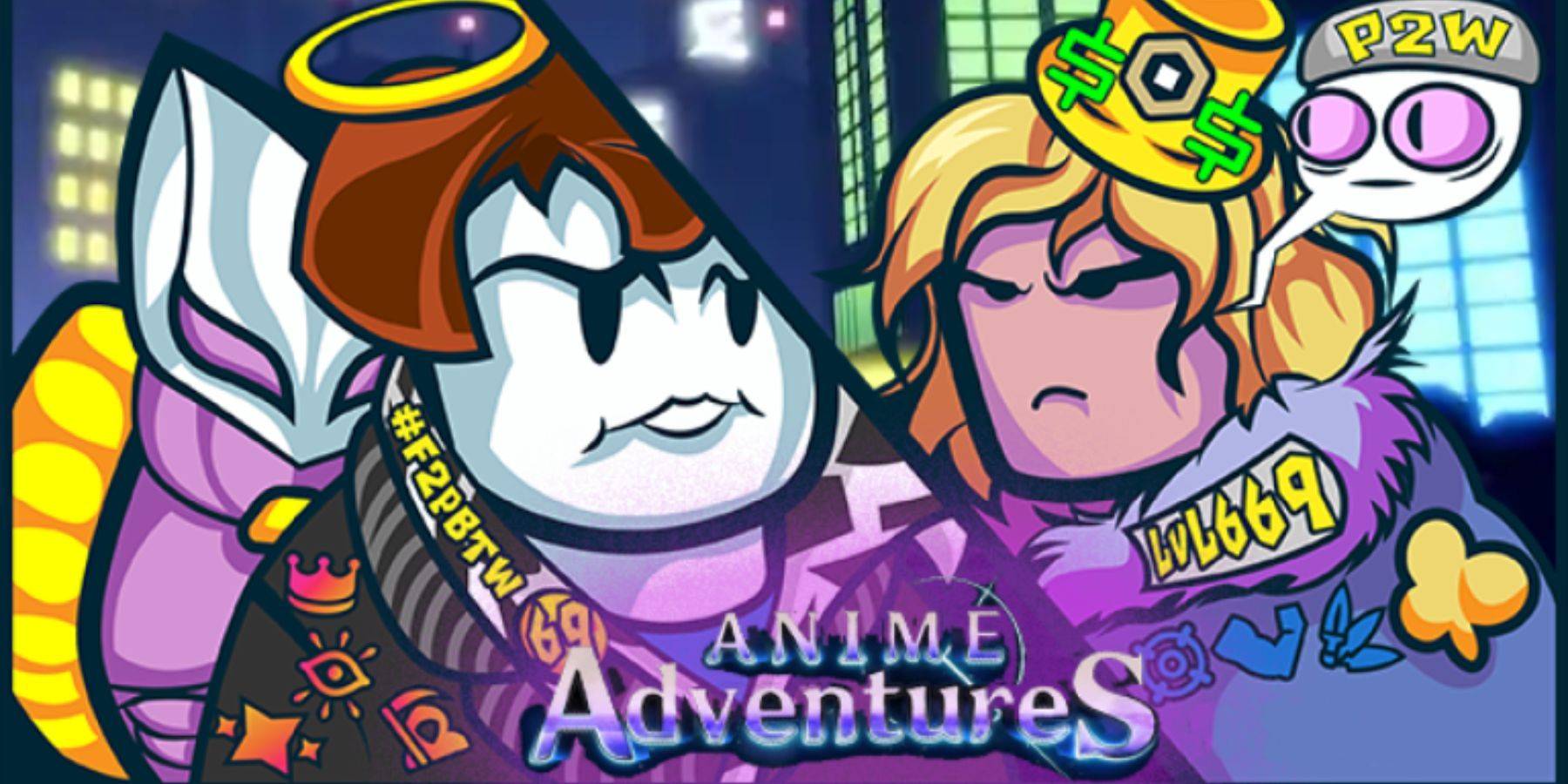Ninja Gaiden’s Revival is the Perfect Antidote to the Soulslike Phenomenon
The resurgence of Ninja Gaiden at the 2025 Xbox Developer Direct was a major highlight, announcing not one, but multiple new titles, including Ninja Gaiden 4 and a surprise shadow drop of Ninja Gaiden 2 Black. This marks a significant return for the franchise, absent from the scene since Ninja Gaiden 3: Razor's Edge in 2012 (excluding the Master Collection compilation). This revival could also signal a crucial shift in the gaming landscape: the comeback of classic 3D action games after a long reign of Soulslike titles.
While the Soulslike genre, spearheaded by FromSoftware's Dark Souls, Bloodborne, and Elden Ring, has undeniably dominated, the return of Ninja Gaiden offers a much-needed balance. This isn't to diminish Soulslike games, but the AAA market should accommodate diverse styles.
A Legacy of Dragons
The Ninja Gaiden series was once considered the epitome of action gaming. The 2004 Xbox reboot, a departure from its 2D NES origins, established Ryu Hayabusa's adventures as iconic, celebrated for its fluid gameplay, animation, and brutal difficulty. While other hack-and-slash titles existed, Ninja Gaiden stood out, its challenge legendary among players. The demanding combat, however, is largely fair, demanding mastery of movement, defense, and counter-attacks, rather than cheap difficulty. The Izuna Drop, Ultimate Techniques, and diverse weapon combos provide ample tools for overcoming obstacles.
This demanding gameplay, ironically, foreshadowed the Soulslike formula. The satisfaction of overcoming seemingly insurmountable odds, a core tenet of Soulslike games, finds its roots in the Ninja Gaiden experience. FromSoftware, and the games it inspired, refined this concept into a distinct subgenre. However, this success might have been too successful, leading to an oversaturation of the Soulslike style in recent years.
Following the Trend
The release of Ninja Gaiden Sigma 2 in 2009, a widely criticized PS3 port, coincided with Demon's Souls. The latter's success paved the way for Dark Souls (2011), a critically acclaimed landmark title. While Ninja Gaiden 3 and Razor's Edge struggled, Dark Souls and its sequels, along with Bloodborne, Sekiro: Shadows Die Twice, and Elden Ring, solidified the Soulslike genre's dominance. This influence extended to other franchises like Star Wars Jedi: Fallen Order, Nioh, and Black Myth: Wukong.
The Soulslike formula—challenging combat emphasizing timing and parries, stamina management, build customization, open-ended levels, and save points—is effective, but its widespread adoption has led to a homogenous AAA action landscape. The return of Ninja Gaiden, particularly Ninja Gaiden 2 Black, offers a refreshing alternative.
The Master Ninja's Return
Ninja Gaiden 2 Black provides a welcome change of pace. The rapid combat, diverse weapons, and restored gore (absent in Sigma 2) make it the definitive version for modern platforms. While veterans might debate difficulty adjustments, the remaster addresses Ninja Gaiden II's technical shortcomings and unbalanced design. It retains the extra content of Sigma 2 (bonus characters and levels) while removing the unpopular statue boss fights.
This remaster serves as a reminder of what was lost when similar games became less prevalent. The frenetic, combo-driven battles against numerous enemies and large bosses, presented in a linear format, were commonplace in the late 2000s and early 2010s. While games like Hi-Fi Rush maintain this style, Ninja Gaiden 2 Black is a significant example from a major developer.
The purity of Ninja Gaiden's gameplay—lacking "cheats," build guides, leveling systems, or stamina limitations—highlights its unique appeal. It's a pure test of skill, demanding mastery of the provided tools. While Soulslike games remain popular, the Ninja Gaiden revival hopefully initiates a new golden age for classic action games, providing a diverse experience for players.
Ninja Gaiden 4 Screenshots
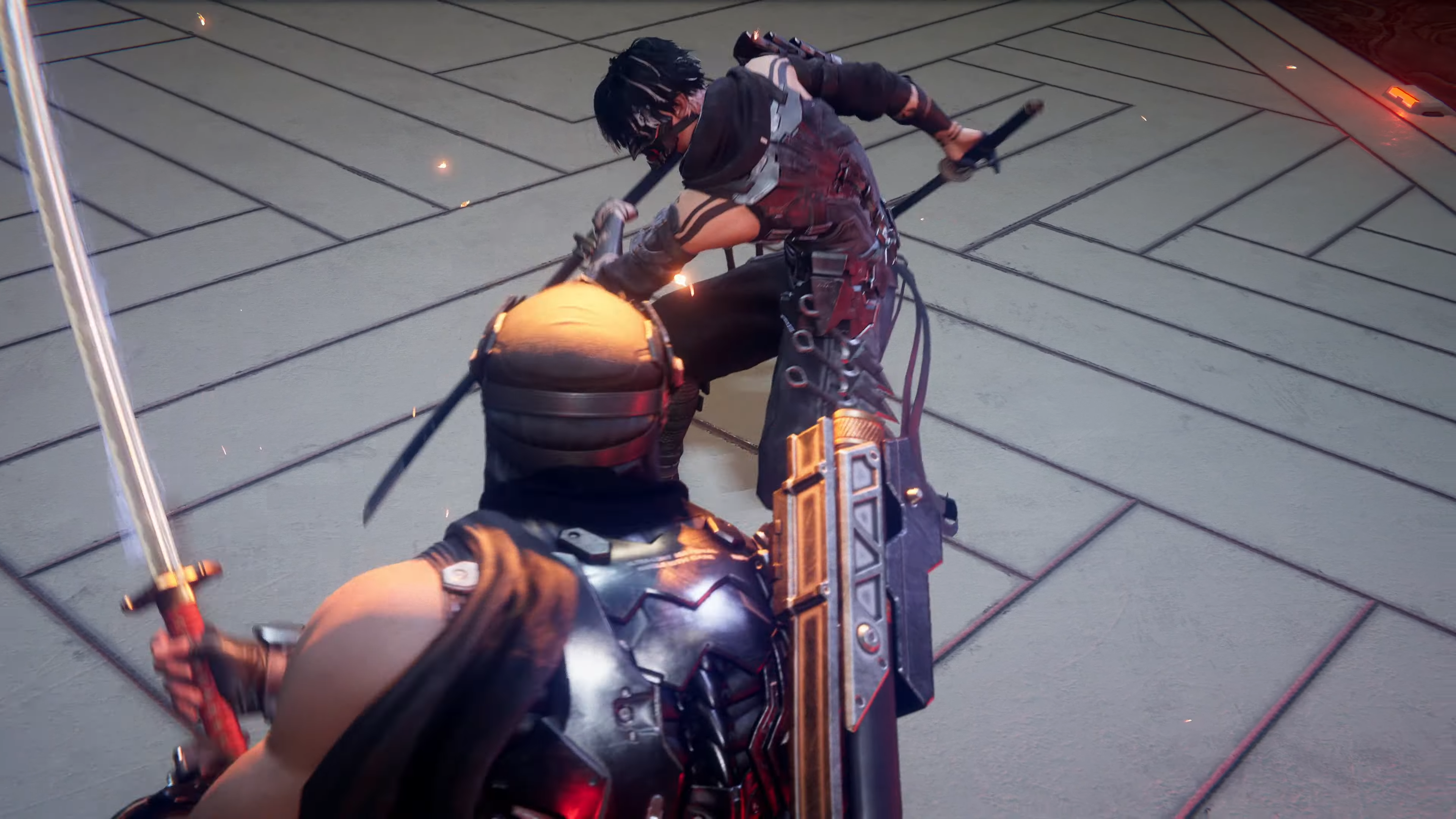
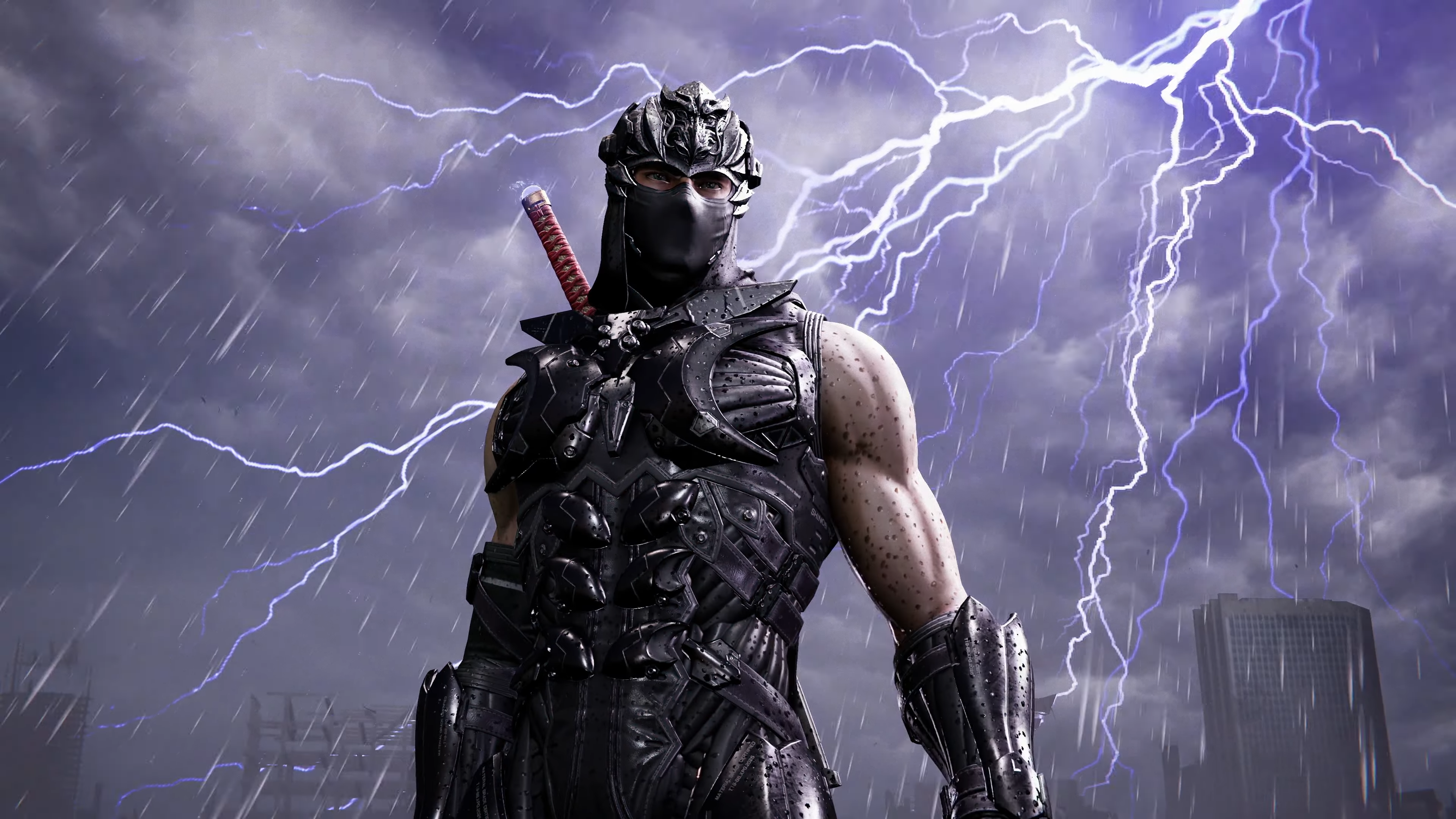 19 Images
19 Images